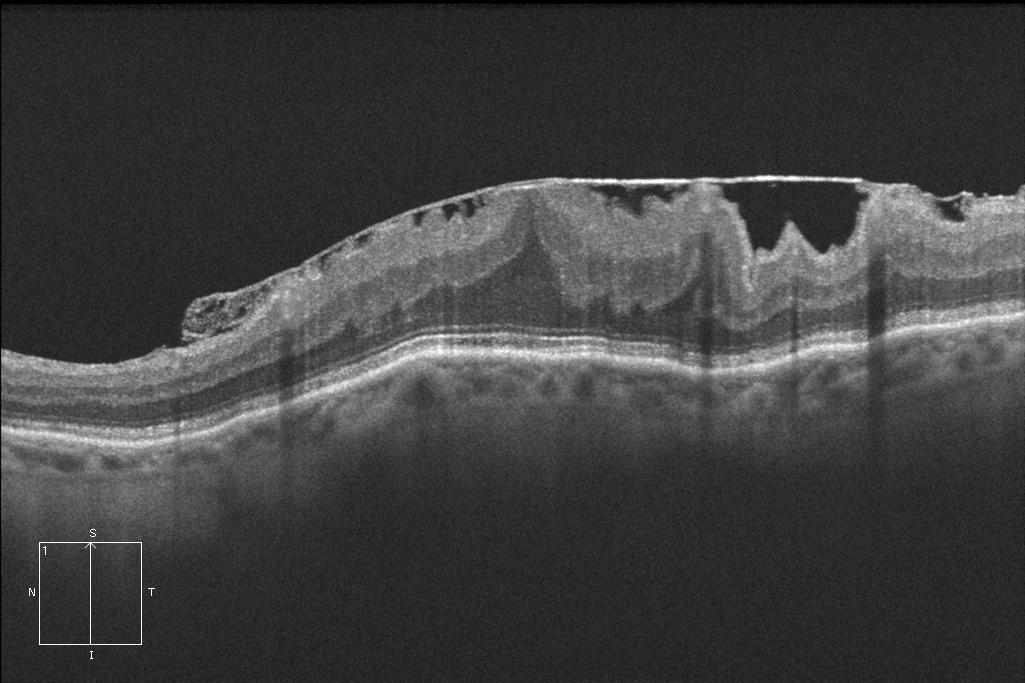Eye diseases
Macular epiretinal membrane (MEM)

What is macular epiretinal membrane?
Epiretinal membranes are fibrous tissue that grows over the macula, the central part of the retina involved in central and detailed vision. This fibrous tissue causes folds or wrinkles on the surface of the retina and vision is distorted or directly lost. This is one of the most frequent problems with the retina.
Symptoms
Causes and risk factors
Treatment
The symptoms associated to this disorder do not occur suddenly but gradually. Therefore, the diagnosis is often delayed if you do not have regular eye examinations, which are necessary even if you do not notice anything wrong with your vision, as pointed out by the specialists at Miranza.
Once established, macular epiretinal membranes can cause a loss of central vision, cloudy or blurred vision, and metamorphopsia (i.e. distorted or deformed images).


